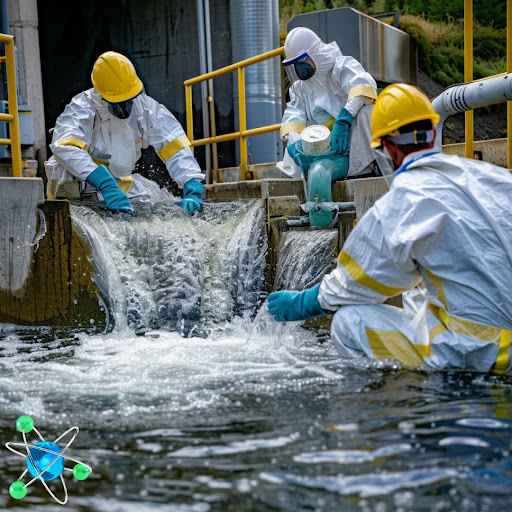
- IAEA confirms tritium levels in Fukushima treated water far below Japan’s operational limit.
- Tokyo Electric Power Company (Tepco) begins discharging treated water into the ocean.
- Over 1.3 million tonnes of treated water, cleansed of all radioactive material except tritium, will be gradually released into the ocean through an underwater tunnel.
The International Atomic Energy Agency (IAEA) has confirmed that the tritium concentration in the fourth batch of diluted treated water from the Fukushima-Daiichi nuclear power station in Japan is well below the country’s operational limit. The station’s owner and operator, Tokyo Electric Power Company (Tepco), began discharging this water on February 28th.
IAEA experts stationed at the Fukushima nuclear power station took samples after the treated water was diluted with seawater in the discharge facilities. Their analysis confirmed that the tritium concentration is far below the operational limit of 1,500 becquerels per liter.
Japan is discharging the treated water in batches, and the previous three batches, totaling 23,400 cubic meters of water, were also confirmed by the IAEA to have contained tritium concentrations far below operational limits.
The water being discharged has been cleansed of all its radioactive material except tritium. Over 1.3 million tonnes of this water will be gradually poured into the ocean through an underwater tunnel. The tritium levels in the water will be thinned down to 1/40 of the concentration allowed by Japanese standards, and Japan has stated that the tritium levels will be below those considered safe for drinking under World Health Organization standards.
The water was primarily used to cool the three damaged reactor cores, which remain highly radioactive. Some of it has leaked into the basements of the reactor buildings but was collected and stored in tanks.

